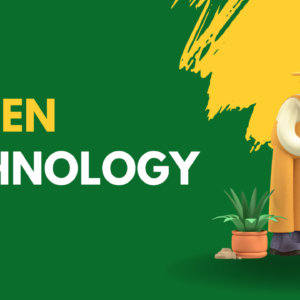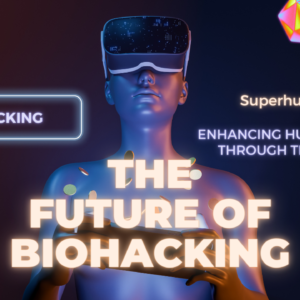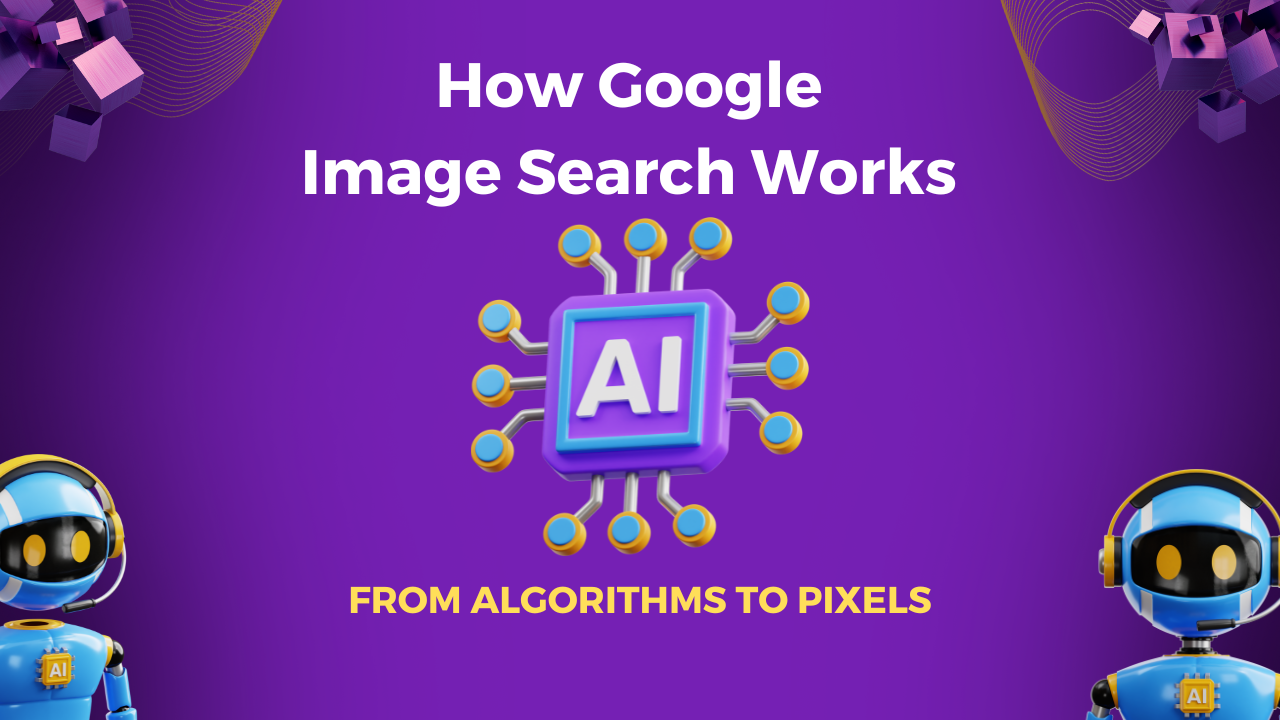Table of Contents
- Introduction
- Evolution of Image Search
- Algorithmic Foundations of Image Search
- Computer Vision Techniques
- Deep Learning and Neural Networks
- Taming the Data Deluge
- Scalability and Infrastructure
- The Future of Image Search
- Summary
- FAQs (Frequently Asked Questions)
Introduction
Unveiling the black box of Google Image Search: a fascinating journey into the complex underlying technology that enables us to explore the visual world like never before.
Evolution of Image Search

Early challenges and limited capabilities
In its nascent stage, image search faced daunting challenges as it embarked on a mission to organize vast amounts of visual information. Limited by early technology, this quest for order was just beginning.
Advancements in computer vision and machine learning

Thanks to remarkable advancements in computer vision and machine learning, image search has undergone a remarkable transformation. Leveraging the power of artificial intelligence (AI), it has revolutionized the way images are recognized, understood, and retrieved.
Algorithmic Foundations of Image Search
Image indexing and metadata extraction
At the core of image search lies the meticulous process of image indexing and metadata extraction. By creating a structured database of visual content, algorithms enable efficient organization and retrieval of images based on relevant factors.
Keyword-based search and relevance ranking
Integrating user queries into the search process, algorithms connect keywords to relevant images. Utilizing relevance ranking techniques, Google Image Search presents users with the most suitable and contextually relevant images.
Reverse image search and similarity matching
The ability to find similar images is made possible through reverse image search and similarity matching algorithms. These algorithms leverage distinctive features to identify comparable images, expanding the range of search possibilities.
Computer Vision Techniques
Image feature extraction
To identify key elements within images, extensive analysis of color, texture, and shape is performed through image feature extraction. This enables algorithms to discern and categorize distinct visual characteristics, contributing to accurate image recognition.
Object detection and recognition
Through rigorous training, computer vision models are taught to recognize specific objects within images. By leveraging object detection and recognition techniques, algorithms are able to precisely identify and categorize objects, facilitating more refined search results.
Image segmentation and semantic understanding
Algorithms further break down images into meaningful regions through image segmentation. This process allows for a deeper understanding of the visual context, leading to enhanced semantic interpretation and more accurate search outcomes.
Deep Learning and Neural Networks
Convolutional Neural Networks (CNNs)
The power of Convolutional Neural Networks (CNNs) has unraveled the field of image classification. By analyzing images layer by layer, CNNs provide a highly accurate framework for categorizing and labeling visual content.
Transfer learning in image recognition
To accelerate learning, transfer learning plays a crucial role in image recognition. By leveraging pre-trained models and their collected knowledge, algorithms can build upon existing expertise, enhancing their ability to identify and classify images.
Generative models: From style transfer to realistic image synthesis
Pushing the boundaries of image manipulation and generation, generative models allow for style transfer and the synthesis of highly realistic images. These advancements offer exciting possibilities for artistic expression and creative exploration.
Taming the Data Deluge
Data acquisition and preparation
Acquiring and preparing vast amounts of data is a crucial step in training powerful image search algorithms. By curating massive datasets for training and validation, algorithms can learn from a wide array of visual examples.
Data annotation and human-in-the-loop AI
Human feedback plays an indispensable role in training algorithms. Data annotation, with the aid of human-in-the-loop AI, helps refine search algorithms by providing valuable insights and context that algorithms alone cannot fully grasp.
Data privacy and ethical considerations
As image search continues to evolve, addressing challenges surrounding data privacy is of utmost importance. Striving to protect user privacy and data integrity, Google actively works to develop robust safeguards and ethical guidelines.
Scalability and Infrastructure
Distributed computing and parallel processing
To optimize performance and handle massive image databases, distributed computing and parallel processing are employed. These techniques enable algorithms to operate efficiently, ensuring timely image retrieval and search results.
Cloud computing and GPU acceleration
Empowered by the computational power of cloud computing and GPU acceleration, image search experiences a significant boost in performance. These technologies allow for fast and accurate image analysis, leading to enhanced user experiences.
Storage and retrieval: From servers to content delivery
Efficiently handling vast image databases requires seamless storage and retrieval systems. From server infrastructure to content delivery methods, Google employs robust techniques to offer users rapid access to a wealth of visual content.
The Future of Image Search
Visual search and augmented reality integration
The future of image search holds tremendous potential in bridging the virtual and physical worlds. Visual search and augmented reality integration will allow users to explore and discover their surroundings like never before.
The rise of multimodal search
As image search expands its capabilities, we can anticipate the rise of multimodal search. By combining images, text, and voice, users will enjoy a more holistic search experience, enabling a deeper understanding of visual content.
Ethical implications and responsible AI development
With great power comes great responsibility. Google is committed to ensuring fairness, mitigating biases, and providing unbiased search results. Responsible AI development is at the forefront as image search continues to influence various industries.
Summary
Recapitulating the intriguing journey into the core technology behind Google Image Search, we have witnessed the groundbreaking impact it has had across industries. This remarkable fusion of algorithms and pixels has reshaped the way we interact with visual content.
FAQs (Frequently Asked Questions)
Here are answers to some commonly asked questions about Google Image Search:
- How does Google Image Search differentiate between similar images?
- Google Image Search employs sophisticated algorithms that utilize distinctive features to identify and compare similar images. These algorithms analyze various visual characteristics, such as color, texture, and shape.
- Can Google Image Search recognize objects within images?
- Yes, through object detection and recognition techniques, Google Image Search is trained to identify and categorize specific objects and elements within images. This enhances its ability to provide accurate search results.
- What challenges does Google Image Search face with respect to data privacy?
- Google recognizes the importance of data privacy and conducts ongoing efforts to safeguard user information. Striking a balance between providing a personalized experience and protecting user privacy is a constant challenge that Google actively addresses.
- Will visual search replace traditional keyword-based search?
- Visual search presents exciting possibilities, but it is unlikely to completely replace traditional keyword-based search. Instead, visual search will complement and enhance the existing search experience, enriching our ability to explore visual content.
- How does Google ensure ethical use of AI in Image Search?
- Google prioritize ethical AI development and continuously works to ensure fairness and mitigate biases in its algorithms. By adhering to robust ethical guidelines, Google strives to provide unbiased and reliable search results.
- What advancements can we expect in the future of image search?
- The future of image search promises advancements in visual search, augmented reality integration, and multimodal search experiences. We can anticipate more powerful algorithms, enhanced contextual understanding, and even more immersive visual exploration.
Follow us on our Instagram – @squarebox.in
Read more interesting articles and blog by clicking here.




